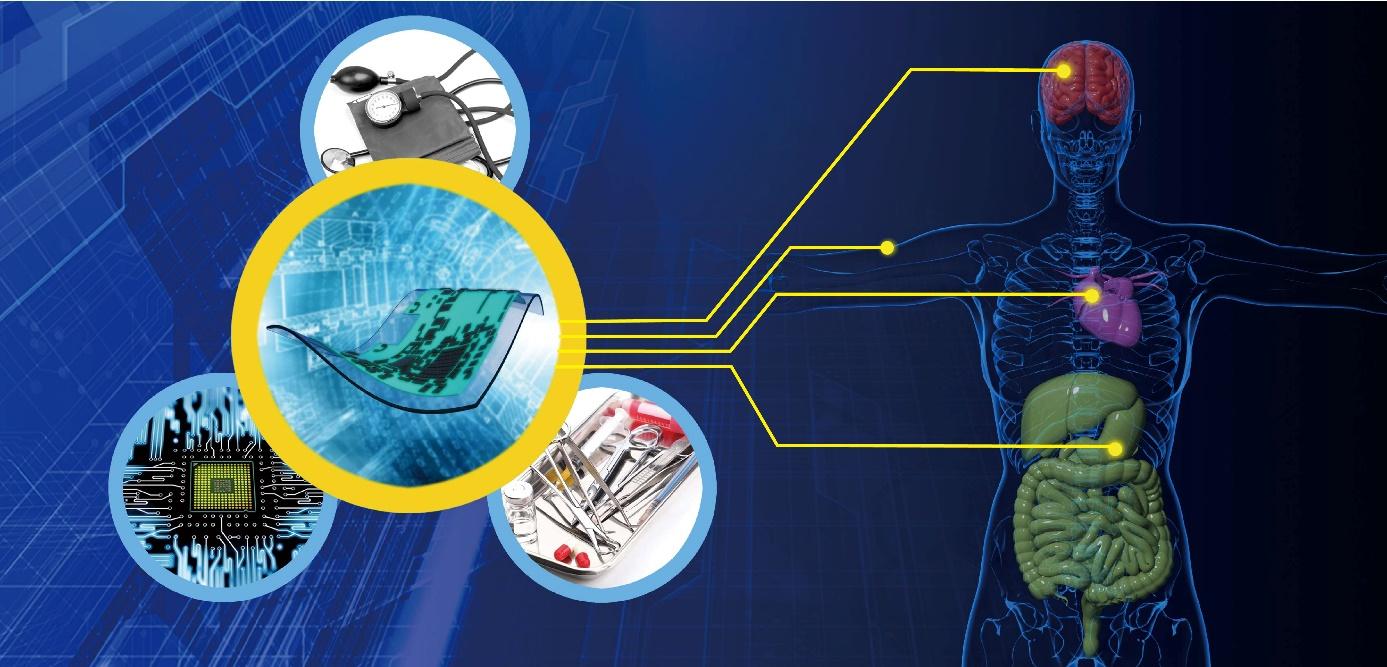Bioelectronics: The Future Of Medicine

Introduction
Bioelectronics is an emerging field that combines biology and electronics and aims to monitor and modify biological processes using miniaturized devices and systems. This interdisciplinary area holds promise in revolutionizing healthcare by developing advanced diagnostic and therapeutic technologies. This article explores the potential of bioelectronics and the progress being made in this exciting field.
What is Bioelectronics?
Bioelectronics refers to systems that incorporate biological materials such as live cells or tissues with electronic components like sensors, actuators and circuits. The goal is to use electrical signals to closely interact with biological processes. Researchers are developing bioelectronic devices that can interface with the human body at cellular and molecular levels to monitor or regulate vital functions.
Some key aspects of bioelectronics include:
- Biosensors that can detect biomarkers in biological fluids or tissues with high sensitivity and specificity.
- Neural interfaces that enable two-way communication between electronic systems and the nervous system.
- Implantable medical devices that can electrically stimulate tissues to treat various diseases and disorders.
- Wearable devices that continuously monitor physiological signals and vital signs.
Monitoring Health through Biosensors
One major focus area is developing advanced biosensors for non-invasive, real-time health monitoring. Researchers are engineering highly sensitive, miniature biosensors capable of detecting biomarkers associated with different diseases from tiny body fluid samples.
For instance, researchers have created peptide-functionalized biosensors that can detect proteases - enzymes indicative of cancer - with attomolar sensitivity from blood or urine samples. Other researchers are working on sensors based on molecularly imprinted polymers or nanoparticles for detecting protein biomarkers of brain injuries, cardiac diseases and metabolic disorders from saliva or tears.
A subcutaneous glucose sensor developed by researchers integrates an electrochemical biosensor with flexible circuits and wireless data transmission capabilities. Such continuous glucose monitors could revolutionize diabetes management. Biosensors also hold promise for rapid, on-site diagnostics using portable devices.
Restoring Function through Neural Interfaces
Neural interfaces enable the development of neuroprosthetics - devices that can restore lost sensation or motor function by connecting directly to the nervous system. Researchers are engineering implantable brain-computer interfaces for controlling advanced prosthetic limbs or assisting with paralysis and muscle control in spinal cord injury patients.
Major advances include brain implants with thousands of electrodes that can read complex neural signals and prosthetic devices that can be operated through thought alone. Scientists are also working on retinal and cochlear implants to restore vision and hearing. Researchers increased the resolution of neural interfaces by developing novel electrodes that mimic the three-dimensional structure of neurons.
Regulating Biological Functions
Another area of bioelectronics involves developing bioelectronic medicines - implantable devices that can electrically stimulate targeted neural circuits or tissues to regulate biological functions for therapeutic benefit. For example:
- Vagus nerve stimulators are approved devices for treating epilepsy and depression by modulating neural activity through the vagus nerve.
- Deep brain stimulators have proven effective for reducing Parkinson's disease symptoms by stimulating specific brain regions.
- Researchers are testing spinal cord stimulators for controlling inflammation and modulating pain signaling pathways.
- Pacemakers and defibrillators regulate abnormal heart rhythms through electrical stimulation.
Scientists are exploring using low-current electricity to modulate biomolecular pathways involved in various diseases like diabetes, rheumatoid arthritis, multiple sclerosis and more. This could usher in a new era of discrete, targeted bioelectronic therapies.
Conclusion
In conclusion, bioelectronics has vast potential to revolutionize medicine and healthcare by developing advanced systems at the bio-electronics interface. Progress in this field promises non-invasive, continuous health monitoring, restoration of lost sensory and motor functions through neural interfaces, and electric modulation of biological systems for therapeutic benefit. With further technological progress and multidisciplinary research efforts, bioelectronics systems could transform disease diagnosis, treatment and management in the coming decades.
For more insights, read- https://www.insightprobing.com/bioelectronics-trends-size-and-share-analysis/
- Art
- Causes
- Crafts
- Dance
- Drinks
- Film
- Fitness
- Food
- Juegos
- Gardening
- Health
- Home
- Literature
- Music
- Networking
- Other
- Party
- Religion
- Shopping
- Sports
- Theater
- Wellness
- IT, Cloud, Software and Technology


